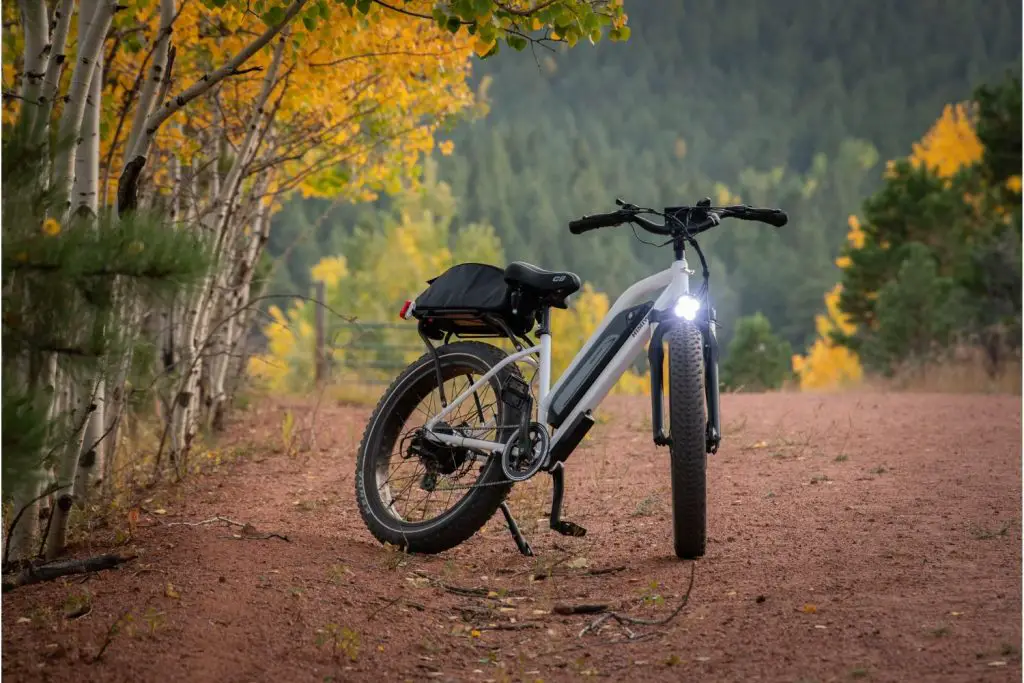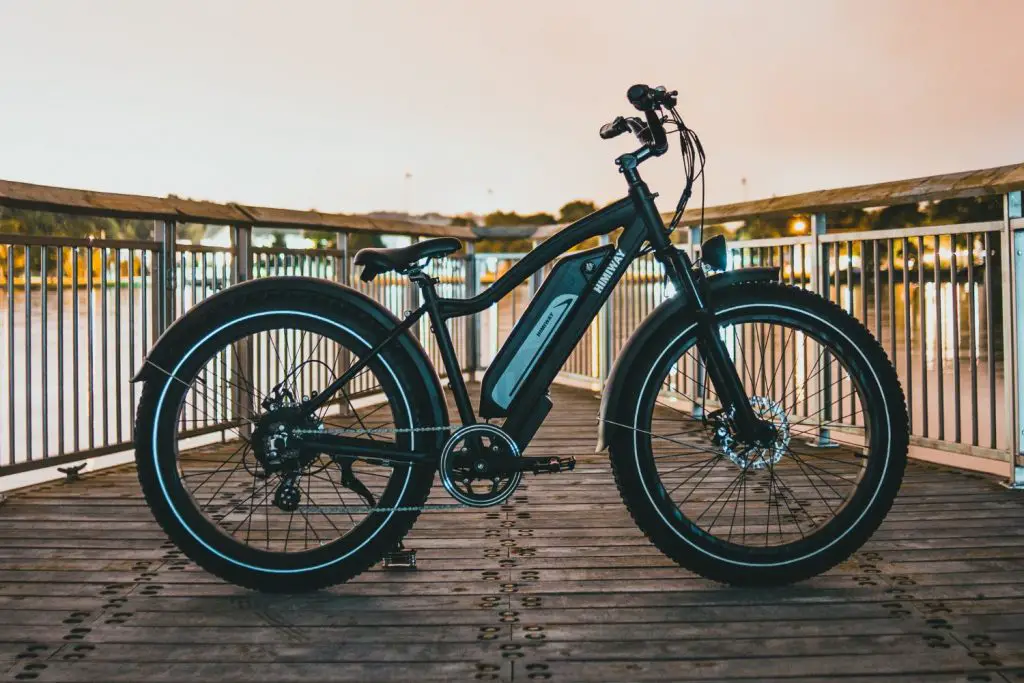We may get commissions for purchases made through links in this post. Thanks for the support! 👍
Although electric bikes are growing in popularity, almost 20 million bicycles are sold annually in the U.S., and over 80% of people have confessed to never having ridden an e-bike before. So, why are electric bikes less popular than regular bikes?
E-bikes are not as popular as regular bikes because they’re significantly more expensive, and a stigma is attached to them. Some people believe they reduce how much exercise you get when riding them, though there is evidence to the contrary.
This article will examine why e-bikes are less popular than regular bikes. I’ll explain the differences between these two modes of transport, scrutinizing their pros and cons.
Electric Bikes Vs. Regular Bikes: What’s the Difference?
The chief difference is that an e-bike has a battery, enabling additional functionality. Here are a few unique components of e-bikes:
- The motor gives power to your bike’s pedals. Switching between different riding modes allows you to choose how much help the motor provides.
- The sensor informs the motor that you’re pedaling so that it can adjust how much assistance the bike gives you.
- The controls are usually small buttons on the handlebars that you use to toggle between the different riding modes.
- The display provides you with information regarding your battery life and trip distance.
Electric Bike Pros and Cons

Now that we’ve looked at what components electric bikes have that set them apart from regular cycles, there are some important pros and cons to know:
Upsides of an Electric Bike
- E-bikes prevent you from getting sweaty during your commute. One of the things that might put you off about cycling to work is that you’ll be working up a sweat and ruining your clothes. The great thing about riding an e-bike is that your heart rate stays low because the bike’s pedal assist can help you navigate terrain that’d otherwise make you sweat on a regular cycle, such as riding up a hill.
- E-bikes increase your trip distance. On average, an e-bike ranges about 25 miles (40 km), so you can travel further than a regular bike as exhaustion sets in.
- E-bikes are faster than regular bikes. Although e-bikes don’t go much faster than traditional bikes, they increase your speed. E-bikes achieve an average of 8.3 mph (12.4 kph) (85th percentile) compared to regular bikes, which reach 6.5 mph (10.6 kph).
Downsides of an e-bike
- E-bikes run out of battery power. Although many e-bikes help you achieve distances of approximately 25 miles (40 km) on a single charge, if you go further than that, you’ll have to find a place to charge your e-bike battery.
- E-bikes require planning before rides. You can’t always grab your e-bike and take it out for a ride in the same way you would a regular bike. This is because you need to charge its battery, which takes approximately three to six hours to reach a full charge.
- E-bikes are more expensive. E-bike prices vary quite — you can buy one for less than $500 to thousands of dollars. At the same time, a commuter e-bike costs around $2,000 or more, and a quality road bicycle costs between $350 to $700. Or you could even grab your dad’s old bike for free.
Regular Bike Pros and Cons

What are the advantages and potential drawbacks of riding your bicycle? Here are its main pros and cons.
Upsides of a standard bicycle
- Regular bikes are lighter than e-bikes. Traditional bicycles are generally more lightweight than e-bikes. A typical bike weighs around 17 lbs (7.7 kg), while one of the lightest e-bikes on the market will weigh about 22 lbs (10 kg).
- Regular bikes don’t need to be recharged. Since traditional bikes don’t contain batteries that require frequent charging to ensure you don’t lose power during your ride, they’re a more convenient option, especially if you’re traveling further away from home.
- Regular bikes have longer lifespans. A standard cycle can easily last for more than 30 years, whereas an e-bike has a lifespan of about ten years. This is mainly due to its electrical components.
Cons of a regular bike
- Regular bikes tire you out. Since traditional bicycles don’t have different pedal-assist modes, you’ll have to put in the extra effort to ride them. You’ll sweat if you’re surprised by uneven terrain during your bike ride.
- Regular bikes aren’t ideal for people with mobility issues. You will need help to cycle your bike if you experience mobility or health issues. In this case, an e-bike with pedal assist features will be helpful.
- Regular bikes require more maintenance. Although they don’t have batteries, you must maintain your bicycle. You will sometimes have to get your hands dirty to do this, such as by cleaning its chain.
- Traditional bikes are difficult to store. Unlike some e-bikes, you can’t fold up most regular cycles. And those that do fold often cost almost as much as an e-bike. You’ll have to find a place in the home or garage to store it.
Final Thoughts
If you’ve ever wondered why electric bikes are less popular, consider the advantages and potential drawbacks of e-bikes and traditional bicycles. E-bikes have many advantages over regular cycles, such as:
- Don’t require physical fitness to be used.
- Prevent you from working up a sweat.
- Provide pedal-assist features to make your ride smoother.

![Top 7 Best Bikes At REI [For Every Budget]](https://amanandhisgear.com/wp-content/uploads/2020/05/Best-Bikes-at-REI.jpg)

